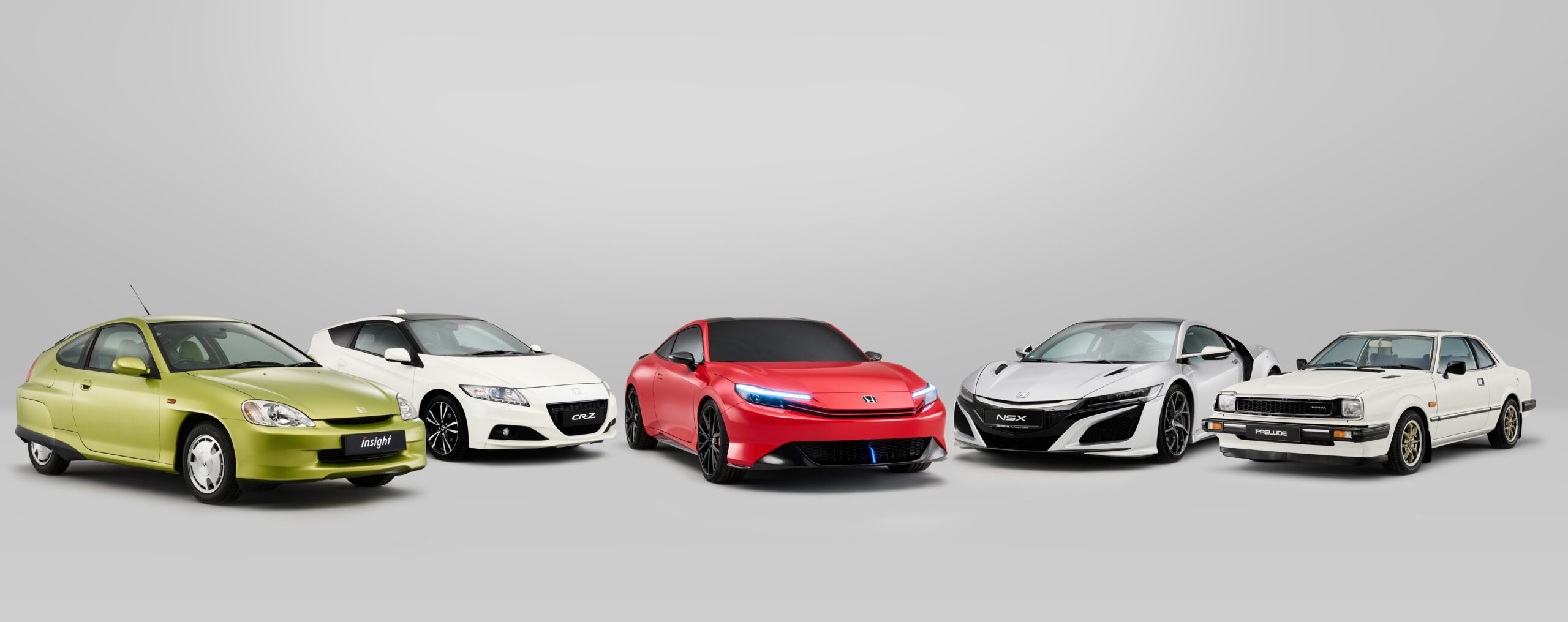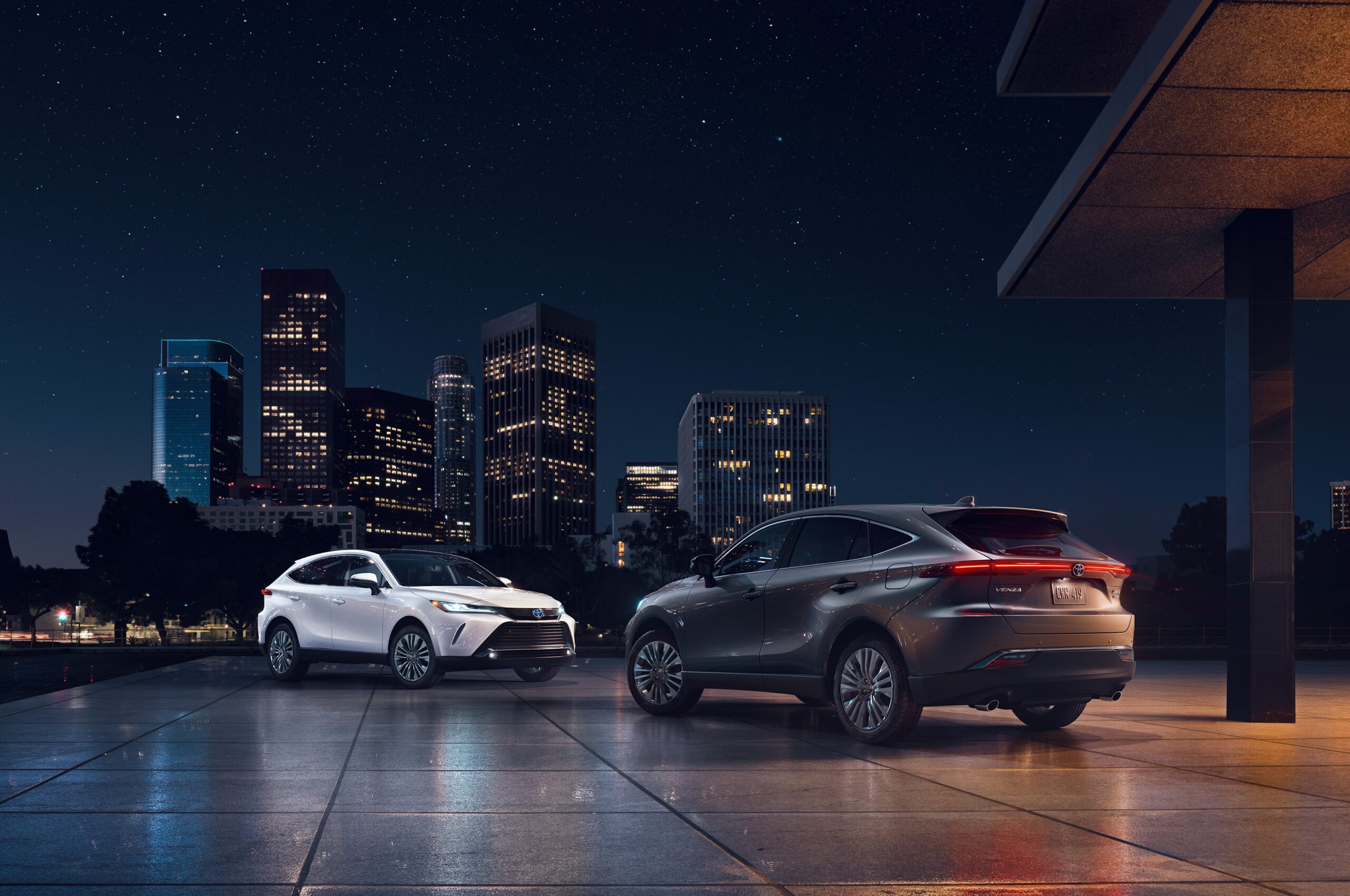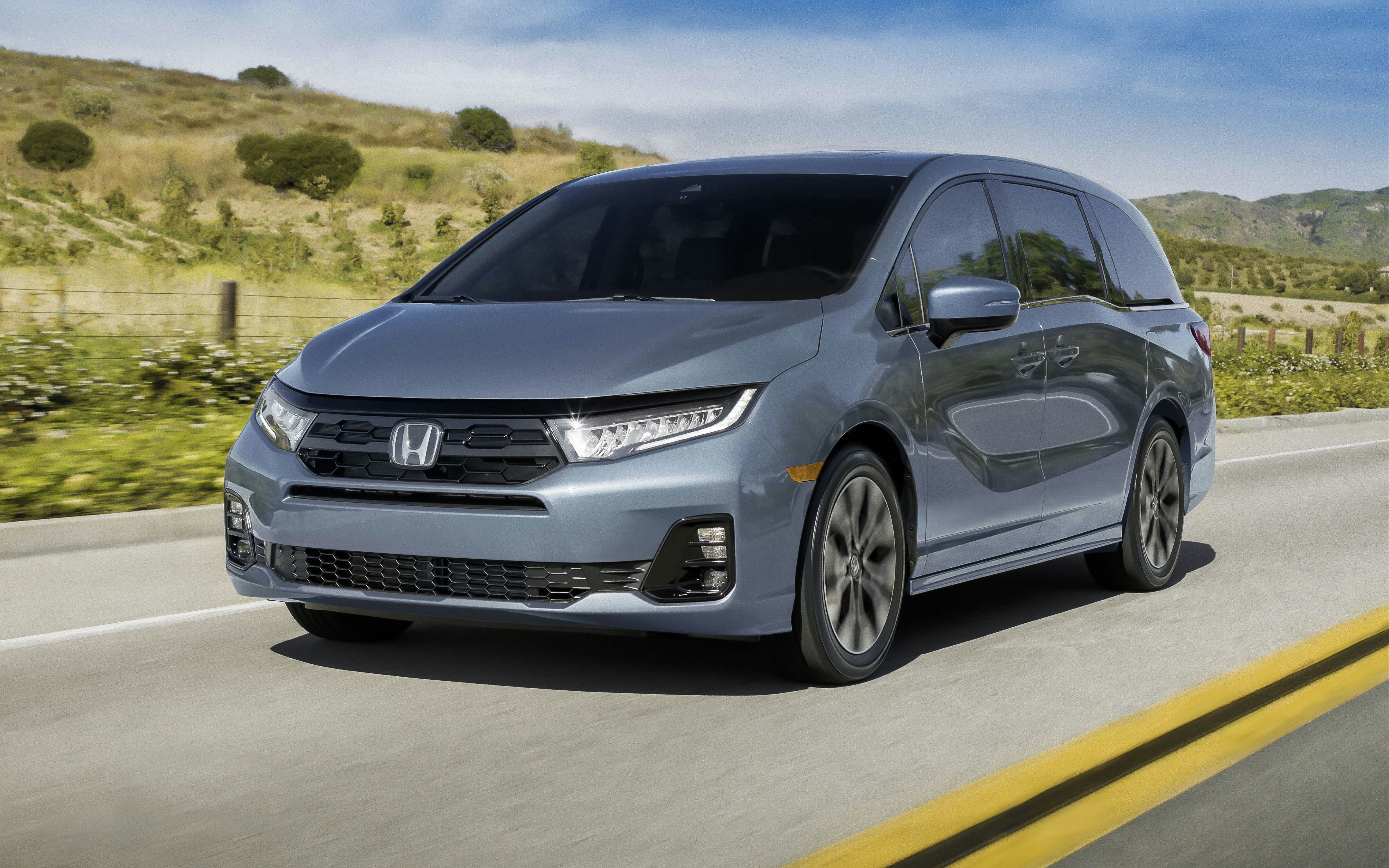Some cars stand out for the wrong reasons. Others do so for the right ones. Whether they turn into success stories depends on how consumers react to them. Although its current lineup looks pretty straightforward, Honda is no stranger to breaking the mold. That’s how vehicles like the Ridgeline, Fit, and Element came to fruition. One vehicle that’s also in this category is the Honda Prelude.
Why, you ask? It previewed many of Honda’s future technologies and plenty of out-of-the-box thinking. As a result, it always stood out for something quirky yet ingenious. That’s why when Honda announced the nameplate’s return as a hybrid, I applauded it. No one in the mainstream segment has dared to introduce a relatively affordable sports car. The 2026 Honda Prelude changes that, but it also puts it in a segment of one, since it’s not a direct competitor to the Toyota GR86/Subaru BRZ and Mazda MX-5 Miata.
The Prelude’s return as a hybrid grand tourer makes sense. It stays true to the car’s lineage as a personal coupe and brings something unique and quirky to mix.

Honda Prelude: Electrifying Direction
Using a hybrid powertrain gives the Prelude something unique, especially in the mainstream segment. Yes, hybrid sports cars exist, but nearly all of them cost exorbitant amounts of money. The Prelude brings this type of performance vehicle down to the mainstream and does so with a unique twist: it doesn’t have a transmission. You read that right. The 2026 Prelude does not have a transmission. Honda’s two-motor hybrid system combines a 2.0-liter four-cylinder with two electric motors and a lithium-ion traction battery. The latest iteration found in the Civic makes 200 hp and 232 lb-ft of torque.
I know what you’re thinking: Honda turned the Prelude into a Civic Hybrid coupe with the suspension, brakes, and front and rear tracks of the Civic Type R. You’re right, but that combination holds plenty of promise. It combines Honda’s FWD mastery with an unconventional powertrain. Remember when I referred to the Prelude as a vehicle built by thinking outside of the box? That’s exactly why. It just so happens that it makes liberal use of Honda’s parts bin.








Right In Line with its Predecessors
This unusual approach for the 6th-generation Prelude aligns perfectly with its predecessors, all of which brought something out of the ordinary. The first generation came with a standard sunroof, while the second featured control arm front and multilink rear suspension that cemented its reputation for incredible handling. Additionally, the second generation debuted the aerodynamic wedge shape and pop-up headlights.
Honda started pushing the boundaries with the third generation thanks to its available mechanical four-wheel steering system. Meanwhile, the fourth-generation Prelude introduced VTEC, Honda’s signature valve timing and lift system, and electronically controlled four-wheel steering. This also marked a big departure for the Prelude, evolving further into a grand tourer.
Finally, the fifth-generation Prelude brought back the wedge-like exterior design. Under the skin, it ditched the four-wheel steering. Instead, the car had an Active Torque Transfer system, an early form of torque vectoring using a trick differential. This previewed the future since it eventually led to the development of Super Handling AWD.
As you see, the last five Prelude generations brought something unique to the table. This sixth generation does so, too. In this case, it’s the hybrid powertrain and the new S+ shift mode that simulates gear shifts.

Not About Power
Past Preludes always emphasized handling and did not have insane amounts of power. The most powerful model, the Japanese-market Type S, made 217 hp and 163 lb-ft of torque. In the U.S., the most we got was the Type SH, which had 200 hp and 156 lb-ft of torque, similar to what the first-generation Toyota 86 and Subaru BRZ made.
This appears to continue for the sixth generation because the output is potentially identical to the Civic Hybrid. However, the 2026 Prelude has an ace up its sleeve: torque. Yes, the horsepower figure most likely stayed the same. On the other hand, the torque increase is guaranteed thanks to the electric motors.
Electrified torque changes the conversation. The electric motor powers the car most of the time, only using the gas engine for propulsion in certain situations. As a result, expect this new 2026 Prelude to accelerate with gusto. Big publications have already proven how potent the Civic Hybrid is during instrumented testing. Several clocked it a full second quicker or more to 60 mph than the existing Civic Si and the fifth-generation Prelude. So no, it’s this car won’t be quick, but it’s also far from slow.
The Honda two-motor hybrid system truly shines in real-world driving. My experience with the previous generation powertrain in the outgoing Accord and CR-V left me impressed. Accessing all of its power is incredibly easy, meaning there’s always plenty on tap. That makes this powertrain the ideal fit, especially with the components borrowed from the Civic Type R.
Honda Prelude: Unique In Its Own Way
If you haven’t figured it out yet, yes, I am defending the upcoming 2026 Prelude. Why? Because it’s a unique product that takes existing components and creates something unconventional with them: a FWD hybrid sports coupe with no transmission. This car shows Honda trying something different instead of following the status quo. Call it a hybrid Civic Si coupe, call it something else. One thing the Prelude is not is ordinary.
Although it doesn’t bring any new technologies into the mix, the Prelude stays true to its predecessors by giving everyone a glimpse of Honda’s electrified future. It’s the quirky coupe that brings a unique solution to the grand touring sports car formula, all while previewing what’s to come. And no, don’t expect a hotter version.









One thought on “Honda Prelude: Always The Quirky Coupe (Opinion)”
Comments are closed.